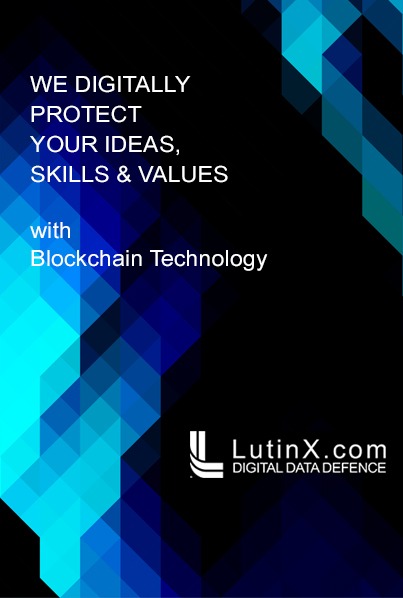The Ethereum Foundation (EF) has introduced a groundbreaking development that could reshape the future of Layer 2 networks — the Ethereum Interop Layer (EIL). This innovative protocol aims to solve one of the blockchain industry’s biggest challenges: fragmentation across L2 ecosystems. According to EF, the goal of EIL is simple yet transformative — to enable users to interact with the entire L2 landscape as if it were one unified Ethereum network, without the headache of bridges, chain identifiers, or scattered balances.
EF explained that EIL is built around a wallet-centric architecture, allowing users to sign a single transaction for seamless cross-network operations. This eliminates the need to trust intermediaries and significantly simplifies the user journey. The solution is powered by account abstraction and principles from the Trust Manifesto, ensuring security and decentralization remain at the forefront.
Today’s fragmentation is a byproduct of Ethereum’s successful scaling strategy. With a growing number of rollups, users must currently manage tokens across different chains, choose the right bridges, and keep track of where their assets live. The new Interop Layer brings a unified point of access, allowing wallets to automatically support new compatible L2 networks without requiring additional technical steps from users.
Some practical examples EF shared include:
• Sending USDC from Arbitrum to Base with just one click
• Minting NFTs on Linea while automatically handling balances from multiple chains
• Executing automated swaps based on liquidity sourced from Optimism
EF compared the significance of EIL to the rise of HTTP in the early internet era, which unified fragmented servers into a coherent browsing experience. Similarly, the Interop Layer aims to consolidate rollups into a single, fluid interaction surface. Developers will no longer need to build separate bridge integrations; instead, they can focus purely on delivering powerful user experiences.
The protocol is already available for testing, with EF inviting wallet providers, dApp developers, and L2 teams to integrate.
Even industry leaders are expressing excitement. Noah Pravecek, head of interoperability at ZKsync, praised the achievement, highlighting that Interop empowers ZK-based users to reach L1 DeFi within 2–5 minutes — faster than Ethereum’s own finality time in certain cases.
Meanwhile, in a parallel development, Ethereum co-founder Vitalik Buterin spoke at Devconnect in Buenos Aires, urging the community to slow down changes to the base layer. He advocated for “ossification”, a process that locks core functions to reduce risk and avoid vulnerabilities. Buterin insisted that innovation should shift from Ethereum’s foundation to its surrounding ecosystem — L2s, privacy tools, wallets, and dApps.
Buterin also emphasized the rising threat of quantum computing, warning that the elliptic curve cryptography used in both Ethereum and Bitcoin is becoming increasingly insecure. He suggested that quantum-capable attacks may arrive as early as 2028, aligning with the next U.S. presidential election cycle. This leaves Ethereum roughly four years to transition to quantum-resistant cryptographic mechanisms — assuming current technological forecasts hold true.
Conclusion
The introduction of the Ethereum Interop Layer marks a pivotal step toward a more intuitive, accessible, and interconnected blockchain environment. By transforming Ethereum’s L2 ecosystem into a fully unified experience — while simultaneously preparing for critical future challenges like quantum security — the Ethereum Foundation is building a more resilient and user-friendly future for the world’s second-largest blockchain. As the industry moves forward, EIL could become a cornerstone of next-generation Web3 infrastructure.






